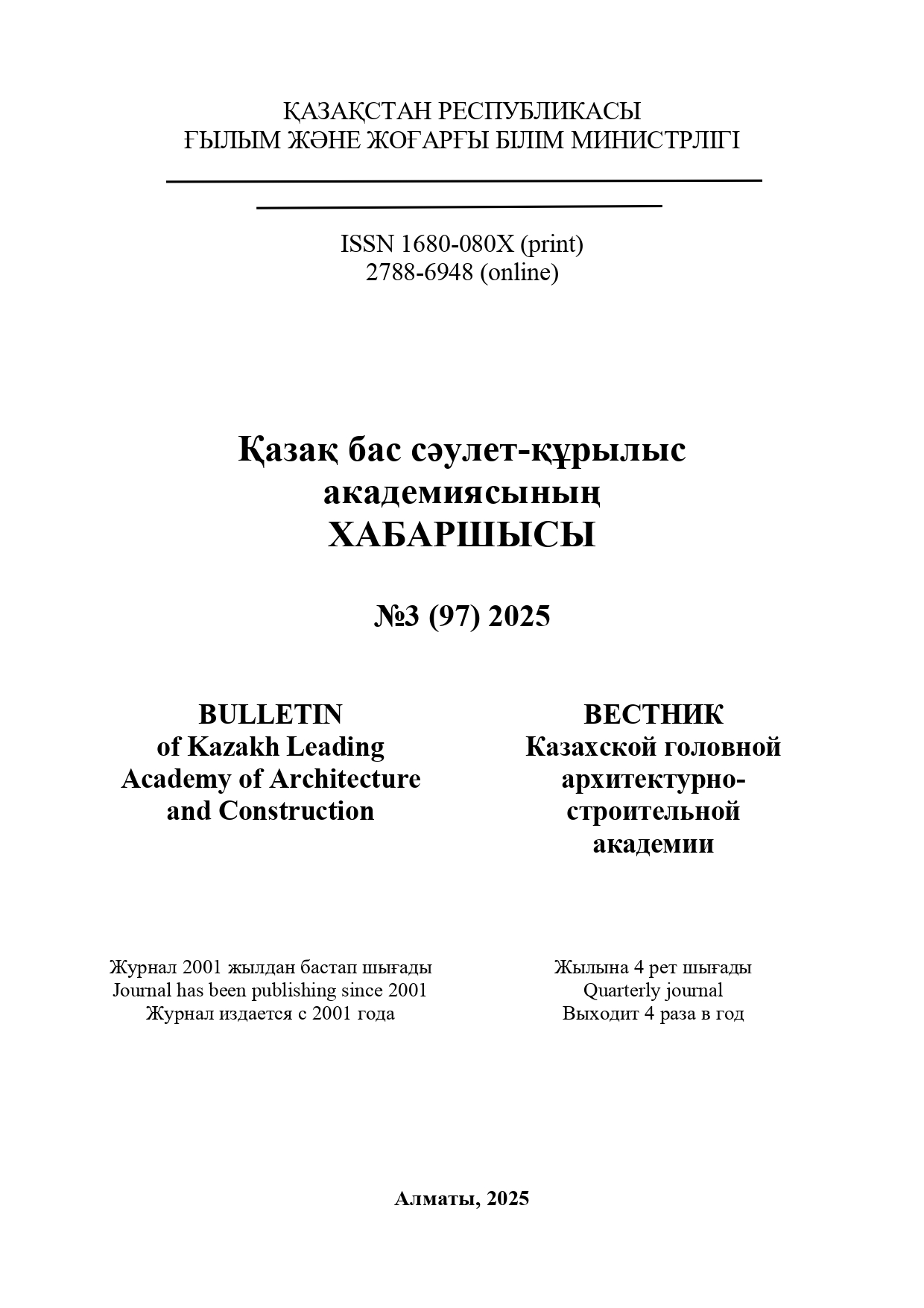Аннотация
Анализ потенциала внедрения технологии 3D‑печати в архитектурную и строительную практику Республики Казахстан включает примеры реализации 3D‑печатных зданий как на международной арене (Нидерланды, Ангола), так и в Казахстане. В статье рассматривается возможность внедрения 3D‑печати в национальную практику с акцентом на устойчивость, адаптивность и энергоэффективность. Цель исследования - оценить технологическую готовность и практическую применимость 3D‑печатных решений в контексте Казахстана. В работе использованы сравнительный анализ международных и отечественных проектов, обзор профильной литературы, изучение инженерных характеристик материалов и смесей, а также интервью со специалистами. В качестве основных примеров рассмотрены такие проекты, как Milestone, Power2Build, а также локальные реализации с применением принтеров COBOD. Выявлены преимущества 3D‑печатных решений при использовании местных материалов: сокращение сроков строительства и трудозатрат, улучшение теплотехнических показателей ограждающих конструкций и снижение углеродного следа. Показана способность технологии формировать сложную геометрию, обеспечивать интегрированную теплоизоляцию и адаптироваться к сейсмоопасным условиям. Отмечена перспективность биоразлагаемых композитов и цифровых рабочих процессов (BIM/CAM, параметрический дизайн). 3D‑печать уже перешла в разряд прикладных технологий, готовых к масштабированию в Казахстане при условии стандартизации составов, разработки нормативной базы и подготовки кадров. Авторы предлагают рекомендации по адаптации смесей к климатическим условиям, развитию нормативов и интеграции образовательных программ для ускоренного внедрения технологии и обеспечения качества строительства. Дальнейшие исследования должны сосредоточиться на долговечности напечатанных конструкций и экономической оценке масштабных проектов.


